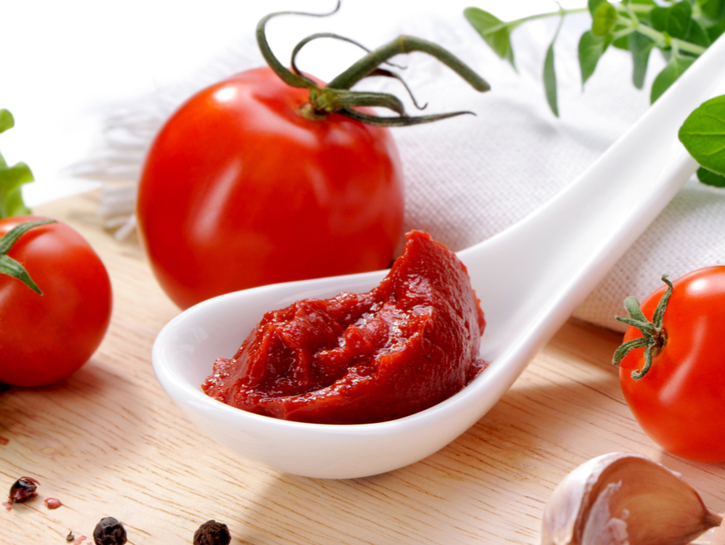 Method Of Pickling: Vinegar Vs. Brine
Method Of Pickling: Vinegar Vs. Brine
Pickling cucumbers is done in two main ways: with vinegar or with brine. People in the United States usually use vinegar, but in Eastern Europe, for example, people like to ferment their cucumbers in brine.
The reason for this is that people have known for a long time that fermented foods are good for you.
There are pickling recipes for summer and winter. The summer ones are made to eat right away, and they’re often made in the sun.
In the old days, pickling was done to store food for the winter. Without canned food, people wouldn’t have anything to eat. Even today, when bad weather hits and people rush to the grocery store, they usually buy canned foods.
Today, I’m going to share my family’s pickle recipe with you. This dill pickle recipe is easy to make, and you don’t need any fancy equipment or science knowledge.
This recipe is great for keeping pickles for a long time. It’s not a quick pickle recipe or one for fridge pickles.
 Ingredients
Ingredients
- Cucumbers (4-6 inches, 4 pounds): The key component of this recipe. Aim for firm and fresh cucumbers, preferably pickling cucumbers. Kirby cucumbers, Gherkins, or Cornichons are perfect for pickling.
- Garlic (1 head): Adds depth of flavor. If garlic isn’t your thing or you’re allergic, you can leave it out.
- Plain vinegar (5% acidity, 1 gallon): Preserves the cucumbers and provides the characteristic tang. I would vote for distilled white vinegar as my first choice. My second choice would be white wine vinegar. Both kinds of vinegar are widely available, inexpensive, and do not darken the vegetables like red vinegar or apple cider vinegar.
- Canning/pickling salt (4 tablespoons): Flavors and preserves the cucumbers. Pickling or canning salt is best as it dissolves easily and doesn’t contain iodine or anti-caking agents. Kosher salt can be used as an alternative, but avoid table salt due to its iodine and anti-caking agents.
- Granulated sugar (2 tablespoons): Balances the vinegar’s acidity. You can try alternatives like honey or stevia, but it may alter the final taste. Remember that sugar is also a preservative, so there is a need for some form of it in canning.
- Bay leaves (5-6): Provides subtle herbal notes. If unavailable, you can omit them, though they do contribute to the depth of flavor.
- Dried thyme (1 teaspoon): Adds an earthy, slightly minty flavor. If you don’t have dried thyme, you could use a pinch of fresh thyme as a substitute.
- Dried dill or whole dill stems with umbels and green seeds (6 teaspoons): Gives a distinct flavor. Dried dill can be replaced by fresh dill, but the flavor might be less potent.
- Mustard seeds (1 tablespoon): Contributes a spicy kick. If you can’t find mustard seeds, dry mustard could be used, but it might alter the flavor slightly.
- Black peppercorns (1-2 tablespoons): They add a small amount of heat. If peppercorns aren’t available, some ground black pepper can work as a replacement.
- Horseradish root (1, cleaned and sliced into strips): Imparts a potent, spicy flavor. If you can’t find horseradish root, a small amount of prepared horseradish could be used as a substitute.
 Note about horseradish:
Note about horseradish:
Horseradish root is a hidden gem often used in Eastern European pickling recipes.
Don’t shy away from incorporating it into your pickles! After cleaning and peeling, slice it into thin strips to layer amongst your cucumbers and atop the jar.
Interestingly, I’ve found references to horseradish in old American cookbooks, such as The Settlement Cook Book, suggesting its use was once more widespread.
It’s unclear why horseradish has fallen out of favor in pickle recipes, but it offers dual benefits: not only does it preserve your pickles, it also helps maintain their crunch over extended periods. Rest assured, the presence of horseradish won’t result in spicy pickles.




 Method Of Pickling: Vinegar Vs. Brine
Method Of Pickling: Vinegar Vs. Brine Ingredients
Ingredients Note about horseradish:
Note about horseradish:

